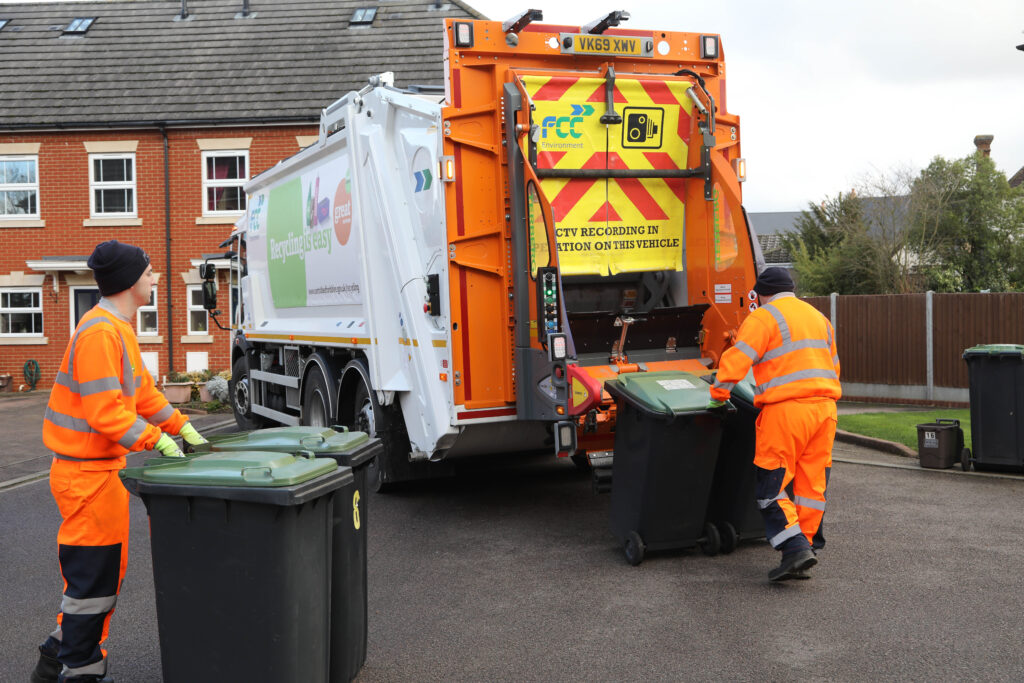The advice comes in a report from the Health and Safety Executive (HSE) which aims to prevent deaths and injuries which are caused by industrial vehicles in warehouses. The study “Improving the safety of workers in the vicinity of mobile plant” reviews the problems and incidents which have arisen in the workplace including those caused by fork-lift trucks which are one of the most common.
The report has been welcomed by the British Recovered Paper Association (BRPA), and Ray Watson director of the BRPA said: “We welcome the report and look forward to reading it. Our members continue to work hard to improve the recovered paper industry's performance and we are holding a conference in June with the HSE where we will sign up for an action plan.”
Research shows that slow-moving vehicle reversing accidents account for a large number of incidents and the operation of forklift and other lift truck vehicles represents a major transport hazard in all countries. Each year in the UK there are about 8000 lift truck accidents resulting in injury and on average 10 of them are fatal. The research also highlighted the difficulties that drivers face in visually checking the periphery of the vehicle as a result of narrow fields of vision, obstructions caused by loads, arduous physical conditions and poor illumination away from the forward axis of vehicles. The study assessed different methods of improving visibility which concentrated on retrofit rather than redesign and looked at how cameras, mirrors and improved illumination could address visibility problems.
Pedestrians
The study also investigated ways to improve the safety of pedestrians around mobile plant especially in workplaces where confined space or restricted lighting limit the effectiveness of existing early-warning personnel detection systems or driver vision aids. It also looked at vehicle ergonomics and visual task analysis, aids to improve reversing and sight lines, direct body detection techniques, conventional transponder (RFID) and VLF magnetic dipole detection technologies.
In its conclusion, the executive said that modern camera systems, with appropriate mounting, illumination and cleaning can be a significant aid to overcoming sight line problems, particularly vehicle reversing activities. And the HSE said that at least two cameras and associated illumination are needed to cover the “blind spots”’ on a vehicle.
The executive also said that reversing alarms based on broadband noise localisation have a part to play in reducing mobile plant accidents by increasing vehicle localisation capability as well as offering reduced audible nuisance.
And the report suggested that vehicles be modified to improve ergonomics and that cameras be fitted, the executive also suggested that there is a need to provide a warning where the driver has failed to notice a worker in the vehicle’s proximity.
The report is available on the HSE website .









Subscribe for free